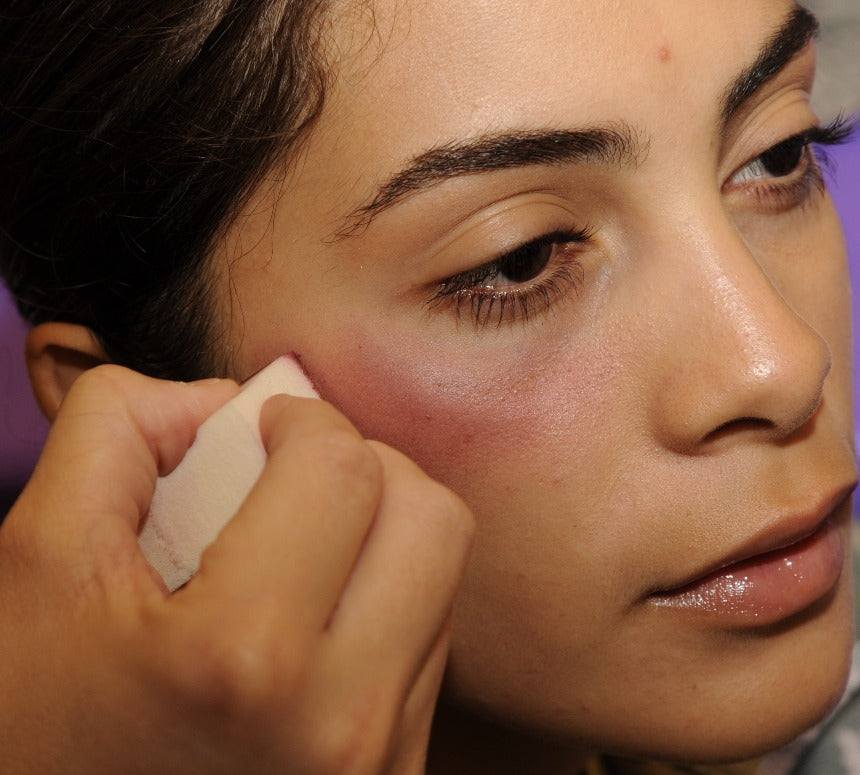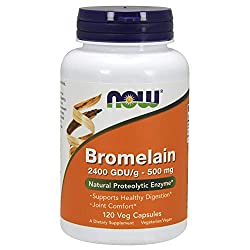
Want to prevent bruising after Botox & Fillers?
Tired of bruising after Botox and filler procedures? Whether it’s your first time or a return customer, no one likes the post-procedure bruising. Here are some tips to avoid it!
One of the most common complications seen during Botox is bruising around the injection site. This goes for similar products like Dysport, or Xeomin, or dermal fillers like Juvederm, Perlane, Sculptra, Radiesse, Belotero, or Restylane.
Botox and dermal fillers can be injected in many areas on the face, but most of these areas are filled with blood vessels. If a needle pierces one of those blood vessels, an unsightly and sometimes painful bruise can occur.
Here are some tips to help you through the process:
Find an experienced injector!
Filler and Botox treatment are almost as much an art as a science, and someone who has a lot of experience will give you a best chance of getting results you want.
An experienced injector will know exactly where the major blood vessels are and will purposely avoid them. Although technique certainly helps, keep in mind that even in experienced hands bruising sometimes occurs.

Book in Advance of a Special Event
If you are planning on getting the procedure to look great for a special event, we recommend getting a procedure about 1-2 weeks beforehand.
There are two primary reasons for this:
-
Botox and fillers take at least a couple of days to set in and;
-
If you do get a bruise, you will have some time for the it to reabsorb. See our post on accelerating bruise healing.
As you can imagine, planning ahead - especially for a special event - will pay off big time. As amazing as the technology is, your body must still have time to recover.
Avoid Blood Thinners

Certain medications make your blood less likely to clot which can impact your recovery time.
These include Aspirin, NSAIDs (such as: Advil, Motrin, Naproxen, Aleve), and others. Ask your doctor or pharmacist if any of the prescription drugs you are taking have blood thinning effects.
Remember to try and discontinue these medications 7 days before and at least 1 day following your appointment. If you need something for postoperative pain, Acetaminophen (Tylenol) is a good option.
However, if you take medications like clopidogrel (Plavix), coumadin (Warfarin), or other antiplatelet agents, ask your doctor before discontinuing these medications as stopping these medications may yield a higher risk.
Don’t forget, some foods that you eat such as grapefruit may also have blood thinning effects as well, just something to consider.
Avoid Alcohol for At Least 24 Hours
Alcohol can affect platelets and may increase chances of increased bruising[1]. We recommend skipping drinks a full day before your treatment and potentially a day after it as well.

Avoid Supplements that Promote Bleeding
These include garlic extracts, Vitamin E, fish oil, dong quai, ginger, ginkgo biloba, ginseng, green tea, and red clover [2]. Stop these for 7 days before the big day.
You should always know the supplement ingredients are, where and how they are made, and if the supplement is safe post-op. We have done extensive research on pre- and post surgery nutrition so be sure to consider it when undergoing any procedure.

Apply ice the treatment Area.
Many practitioners apply ice prior to injectables/fillers and then again immediately after the treatment.
This is because cold helps desensitize the area and also constricts blood vessels making bruising less likely. If this isn’t your practitioners standard of practice, consider bringing an ice pack with you and discussing with them. Remember, ice can only help**.
Consider taking an Anti-Bruising supplement
There are several supplements that have been popular for bruising prevention.
The most prominent is Bromelain as it helps ease pain and control bruising. It is a natural anti-inflammatory from the stem of a pineapple and has some very promising clinical results. We have posted one of our favorite brands in the image below if you are interested.

The other supplement, though one we suggest here with caution and only if topically applied, is Arnica.
Arnica, like Bromelain, is supposed to aid with bruising and pain control to help an injury or wound heal a tad faster. You should certainly only use it topically and from a trusted brand or manufacturer such as the one below.

If you do opt to take Arnica topically, please read our Arnica article here to know the facts.
No Exercise for 24 to 48 Hours after treatment
Although we certainly believe exercise is one of the best and most impactful ways to improve your wellbeing and health, we recommend you avoid it for 1 to 2 days following injections.
The reason is that exercise increases blood flow, and when blood flow increases to an area with a damaged blood vessel - such as around the site of injection - it can theoretically make the bruise worse.
Elevate Your Head
When laying down or going to bed, keep your head elevated with a pillow for the first night or two after treatment.
Elevation above the level of your heart prevents venous congestion and improves drainage of blood from your head, which prevents further swelling or bruising in the injection area[3].
In conclusion
We hope these tips have been helpful! Nobody enjoys bruising especially after a Botox or filler procedure meant to reduce blemishes on the face.
These tips will definitely help you avoid as much bruising as you can. Remember, pre-surgery nutrition is a big part of it as well
Be sure to follow us on Facebook and Twitter and let us know if you have any questions! Good luck!
Citations:
-
https://www.ncbi.nlm.nih.gov/pubmed/8814972
-
http://www.dailymail.co.uk/health/article-1326815/Vitamin-E-stroke-risk-Tablets-increase-chance-bleeding-brain.html
-
https://courses.lumenlearning.com/suny-ap2/chapter/circulatory-pathways/
General Disclaimer: All information here is for educational purposes only and is not meant to cure, heal, diagnose nor treat. This information must not be used as a replacement for medical advice, nor can the writer take any responsibility for anyone using the information instead of consulting a healthcare professional. All serious disease needs a physician.














